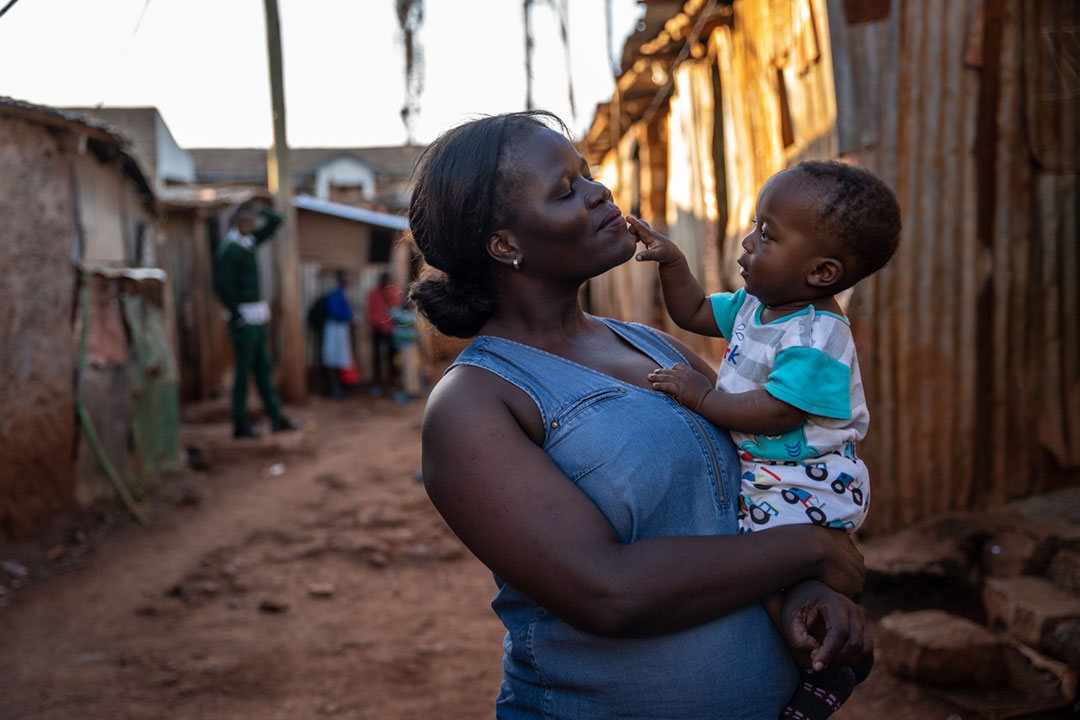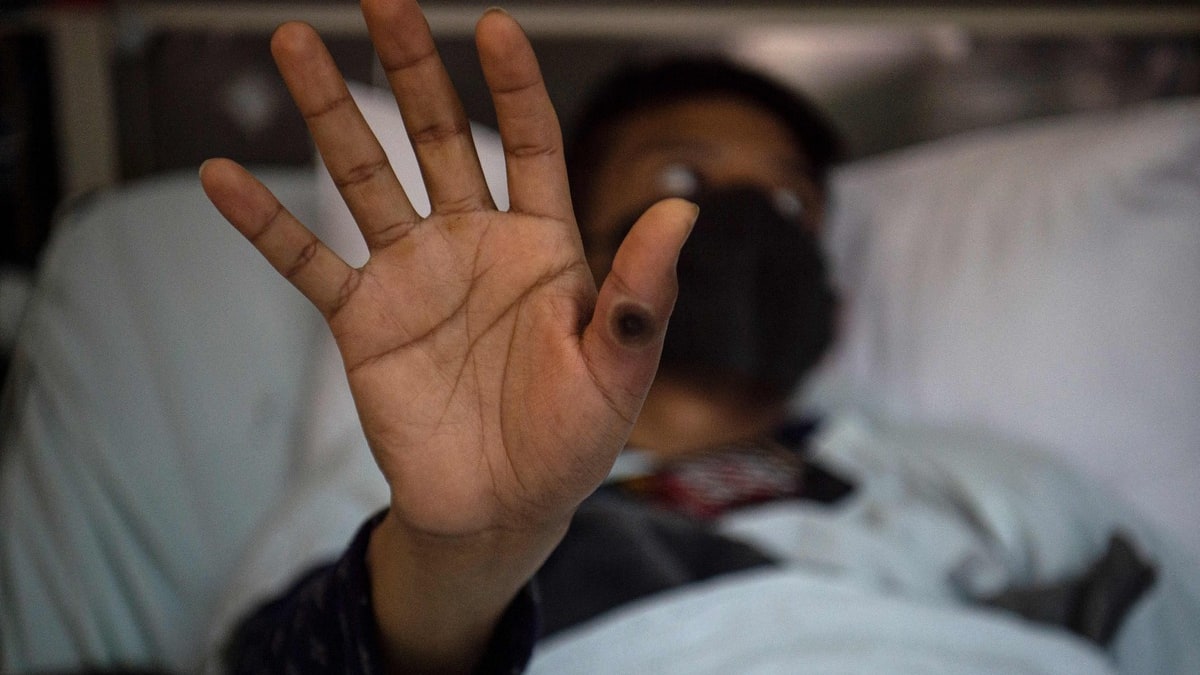Vaccines are the most effective way to prevent infectious diseases and save lives.
The Expanded Program on Immunization (EPI), launched by the World Health Organization in 1974 in response to the high incidence of vaccine-preventable diseases worldwide, was a major public health milestone. By providing needed vaccines to communities around the world, this program has made a significant contribution to reducing preventable diseases.
The majority of lives saved involve children under five years of age. More than 9 billion years of life have been preserved since 1974.
EPI contributed to the eradication of smallpox, the fight against polio, and a significant reduction in child mortality. After 50 years, an analysis published today in The Lancet shows the scale of the program’s impact. This system estimates deaths averted, life years saved, and health years saved for the 14 pathogens included in the EPI portfolio.
The analysis is based on infectious disease modeling estimates from the Vaccine Impact Modeling Consortium (VIMC) and the Global Burden of Disease (GBD) study.
Here are five key achievements.
1. Since 1974, vaccinations have saved 154 million lives.
Between 1974 and 2024, 40% of the global decline in child mortality is due to vaccination (in Africa this figure reaches 52%). Improvements in water, sanitation, hygiene, nutrition and other factors have improved health and reduced the spread of disease since the 1970s, but vaccination has made the greatest individual contribution to preventing life-threatening infections.
Where vaccines have been able to stop transmission, vaccinating a critical number of people has also protected the unvaccinated, known as herd immunity.
2. Measles vaccination has saved the most lives.
Measles is highly contagious: one infected person can transmit the virus to up to 18 other people. Not only can it be fatal, but it can also lead to permanent disabilities such as blindness, deafness, or mental retardation.
Over the past 50 years, vaccines have prevented nearly 94 million deaths from measles and saved 5.7 billion years of life. However, challenges remain in distributing the measles vaccine to everyone who needs it: 22 million children missed their first dose of measles vaccine in 2022, up from 19 million in 2019, according to WHO.
3. In 2024, a child under ten years of age has a 40% greater chance of surviving to his next birthday than a child born 50 years ago.
The majority of lives saved involve children under five years of age. More than 9 billion years of life have been preserved since 1974.
Young children are most vulnerable to many vaccine-preventable diseases. Many of the diseases prevented by EPI, such as rubella, polio, whooping cough, pneumococcal disease and rotavirus, disproportionately affect young children.
4. The protective benefits of vaccination extend to people over 50 years of age.
Benefits for older people are greater in the African and Eastern Mediterranean regions. However, people around the world continue to benefit from vaccination even into their 50s.
5. 10.2 billion healthy life years have been achieved.
Vaccination not only saves lives, but also prevents long-term consequences associated with serious diseases, including polio.
On average, for every life saved, there were 66 years of full health, for a total of 10.2 billion years of full health. These figures take into account the years of disability caused by the disease.




